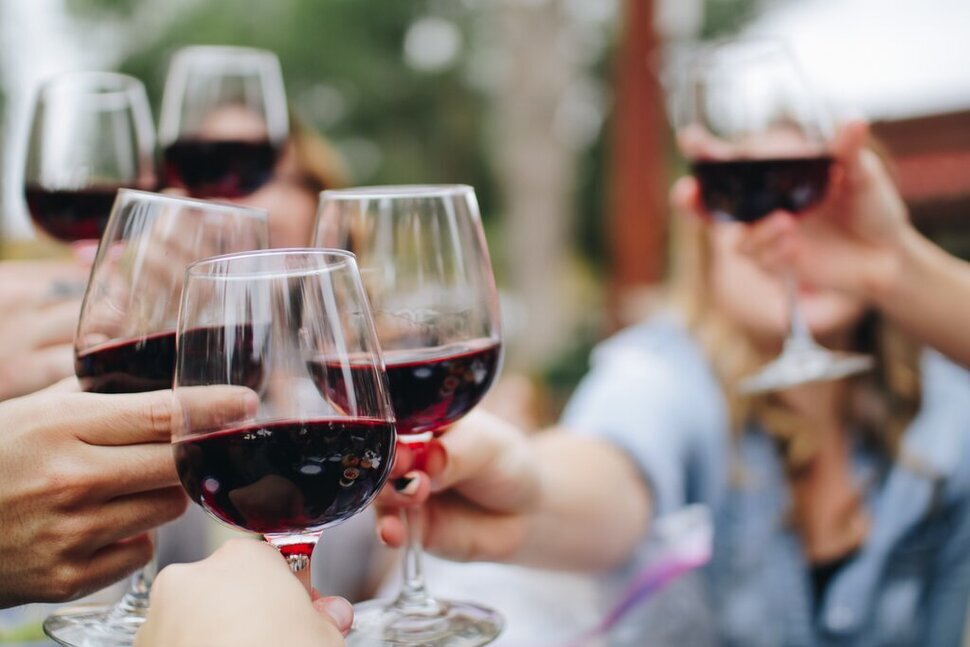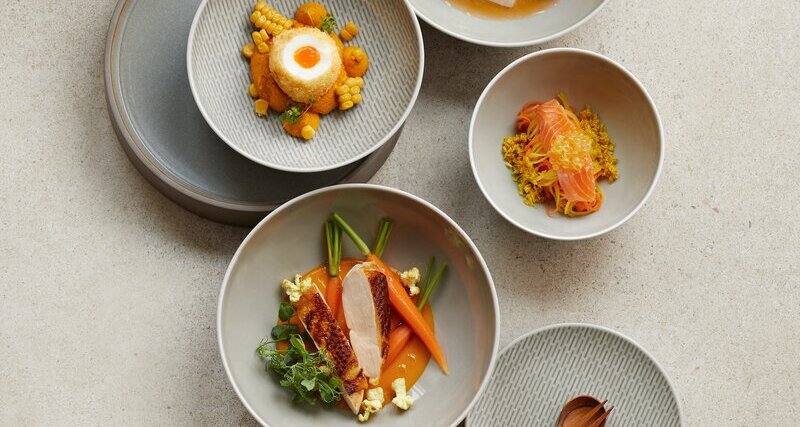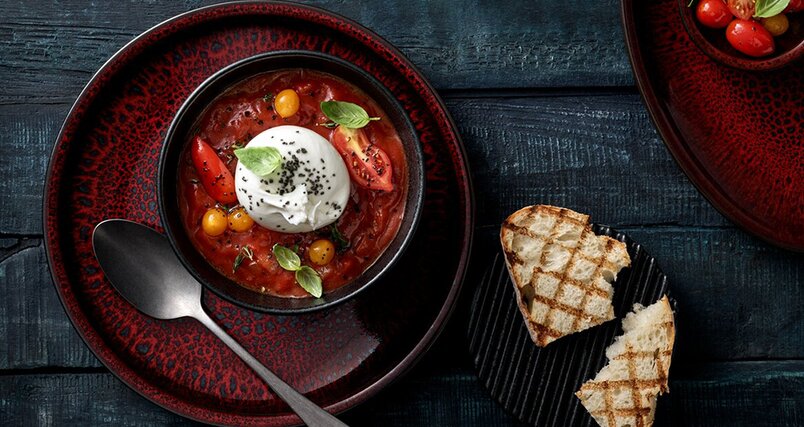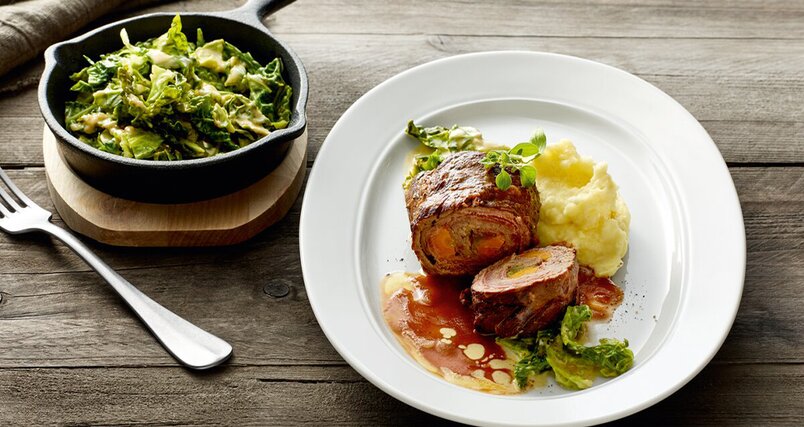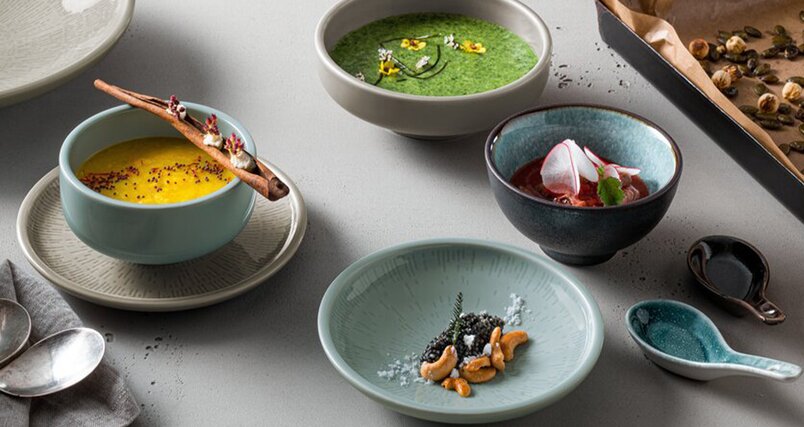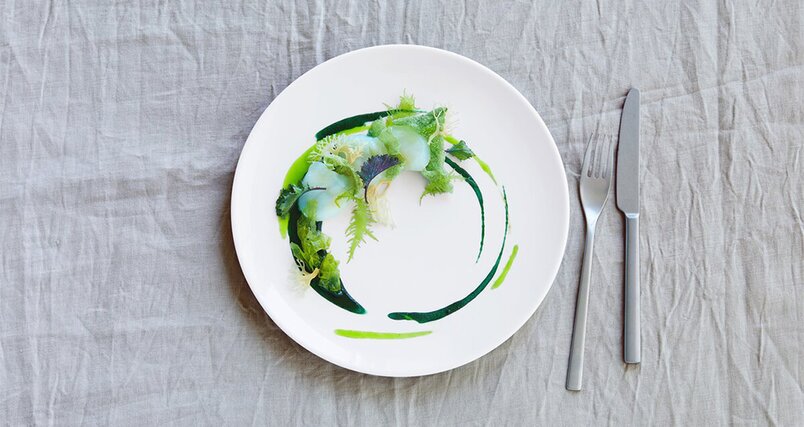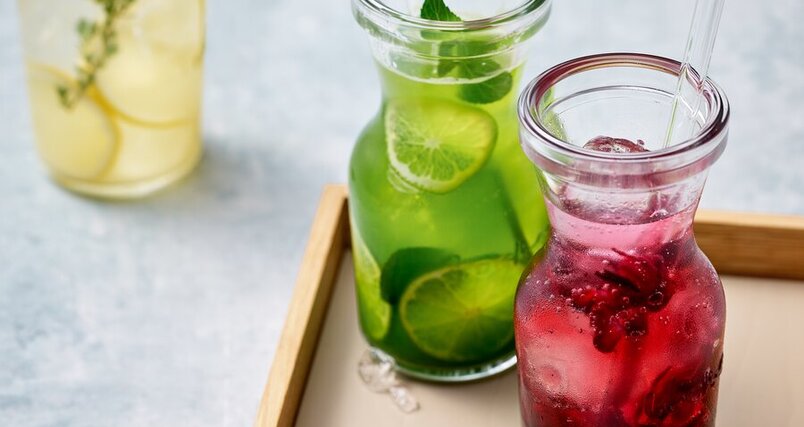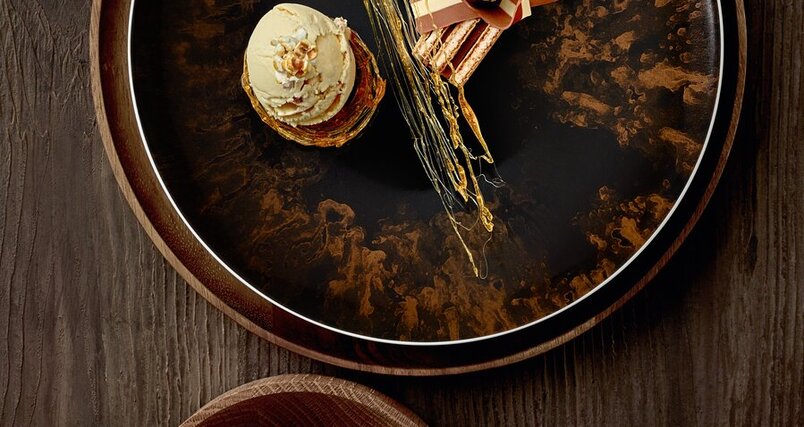For many people, wine is a true pleasure and part of a perfect dinner. With its varied flavors, it is the perfect companion for many dishes, enhancing the taste of their ingredients. However, even though the consumption of alcoholic beverages is firmly established in society, it has some negative effects on the body.
Apart from the taste and the pleasantly intoxicating effect, alcohol does not contain any healthy nutrients and is rich in calories at the same time. Consumed in excessive amounts, it also causes annoying headaches and other hangover symptoms the next day. In Germany, around one-third of all people consciously abstain from alcoholic beverages or consume them no more than once a week. This trend is also referred to as "liquid evolution".
Liquid evolution – pleasure without alcohol
Non-alcoholic beverages are more popular than ever and show that enjoyment does not necessarily have to involve alcohol. Many people are paying more attention to a healthy diet, which also includes abstaining from alcohol. This trend is also known as "liquid evolution". It is therefore becoming increasingly important in gastronomy to incorporate this modern lifestyle into the concept and to serve guests a wide range of non-alcoholic beverages apart from water, juices and soft drinks.
Non-alcoholic wine – full of taste with no regrets
Non-alcoholic beer has long been a standard in retail stores and gastronomy. Meanwhile, however, wine lovers can also enjoy delicious wine varieties without alcohol.
How is non-alcoholic wine made?
Initially, the basis of non-alcoholic wine is alcoholic wine, from which the alcohol is usually removed in a process of vacuum distillation. For this purpose, the wine is heated – the alcohol evaporates and alcohol-free wine remains.
The flavoring aromas are then removed from the separated alcoholic distillate and added back to the alcohol-free wine. In this way, the typical taste of the wine is preserved, but it does not contain alcohol. The production process of non-alcoholic wine may sound simple, but it requires a lot of experience and expertise from the winemakers.
What are the varieties of non-alcoholic wine?
The range of non-alcoholic wines is very diverse and is in no way inferior to alcoholic wine in terms of taste. Whether dry, semi-dry or semi-sweet, as red wine, white wine, rosé or suitable for the cold season as mulled wine – the market offers countless alcohol-free wine variants.
For the taste of non-alcoholic white wine, the flavors of the grape variety play the most important role. For this reason, winemakers often rely on particularly aromatic bouquet varieties such as Gewürztraminer, Muscat, Chardonnay, Sauvignon Blanc or Riesling.
On the other hand, tannins, i.e. vegetable tannins, are crucial for the flavor of red wines. They enter the wine either during mash fermentation or during maturation in wooden barrels. For non-alcoholic, aromatic red wine, winemakers usually use fruity grape varieties with a high tannin content, such as Merlot, Cabernet Sauvignon or Syrah.
